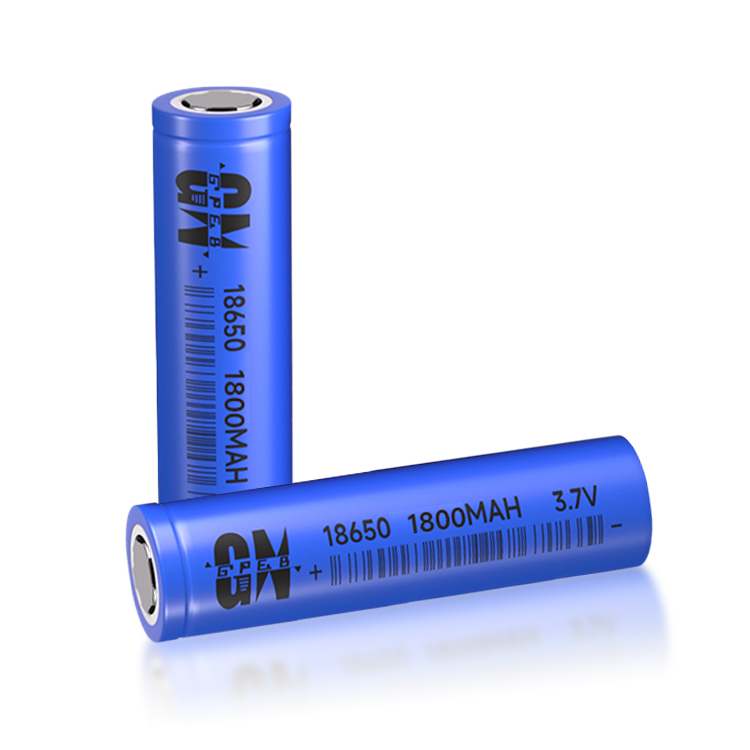

Inspired by plant photosynthesis, scientists at the University of California, Los Angeles (UCLA) have developed a new technology for long-term storage of solar energy. Once used, this technology will change the way scientists design solar cells.
Inspired by the photosynthetic use of plants, scientists at the University of California, Los Angeles (UCLA) have developed a new technology for long-term storage of solar energy. Once used, this technology will change the way scientists design solar cells. The solar panel materials on most residential roofs today store solar energy for only a few microseconds. The new design is inspired by the photosynthetic use of plants. During photosynthesis, plants exposed to sunlight use sophisticated tissue structures within their cells to pull electrons apart to quickly separate charges, leaving behind positively charged molecules and keeping positive and negative charges separated. Senior Researcher Sarah Tolbert said.
At the same time, Tolbert emphasized that the key to making the process efficient for photovoltaic applications is also the separation of charges. On the one hand, traditional rooftop solar cells generally use expensive silicon materials to capture energy from sunlight. Cheaper organic solar cells, on the other hand, are relatively inefficient because the separated positive and negative charges in the solar energy they capture may recombine before being converted into electricity.
Modern organic solar cells don't have well-defined structures like plants, which separate charges and keep them apart for days, even weeks. But once you get the battery structure right, energy storage can be greatly improved. The working system studied by the University of California, Los Angeles (UCLA) consists of two parts: a polymer donor and a nanoscale fullerene acceptor. The polymer donor absorbs sunlight and transfers electrons to the fullerene acceptor, creating electricity. The plastic material, known as an organic solar cell, is chaotically organized like a plate of cooked spaghetti (where the polymers are the long, thin noodles and the fullerenes are the randomly distributed meatballs). But in this arrangement, electrons sometimes jump back into the polymer or are lost, making it difficult for electricity to flow out of the battery.
The researchers arranged the components neatly, like a small bundle of meatballs on top of uncooked noodles. Some of the fullerene meatballs are placed inside the noodles, while others remain on the surface. The fullerenes within the structure take electrons from the polymer and transfer them to the external fullerenes, effectively keeping the electrons away from the polymer for weeks.
When carriers do not recombine, the system is working well. Another senior researcher, Benjamin Schwartz, said. In the process of preparing new systems, material self-assembly is a good method. The researchers say the new design is also more environmentally friendly than existing technology because the assembly of the materials occurs in water, replacing the more toxic organic solutions now widely used. The research results have been published in journalScience.

Popular recommendation
CR3032 battery.Research on new rectifier power supply for DC electric arc furnace
2023-10-08CR2320 battery.High-efficiency copper electroplated silicon-based heterojunction solar cells success
2023-10-0818650 battery pack 3.7v.How to protect lithium-ion batteries in mobile phone fast charging technolog
2023-10-0818650 li ion battery.What is the production process of ternary cathode materials for lithium-ion bat
2023-10-081.5v dry cell battery!Analysis of technical difficulties in concentrated photovoltaic power generati
2023-10-083.7v 3000mah 18650 battery.Italy has developed a semi-solid lithium-oxygen battery that can be "
2023-10-0818650 battery 3.7v 3500mah.UPS battery pack isolation discharge test, UPS battery battery discharge
2023-10-08R6 Carbon battery!INNOLITH officially enters the Chinese market. Inorganic electrolyte technology he
2023-10-08AG3 battery.What is the production process of 18650 lithium battery?
2023-10-09AG8 battery.What is the process for customizing 18650 lithium-ion battery pack?
2023-10-1218650 lithium 3.7 battery.Balancing principle of battery pack in series UPS power supply
2023-10-0818650 2200mah battery.Queensland develops graphene aluminum-ion battery with ultra-fast charging spe
2023-10-08